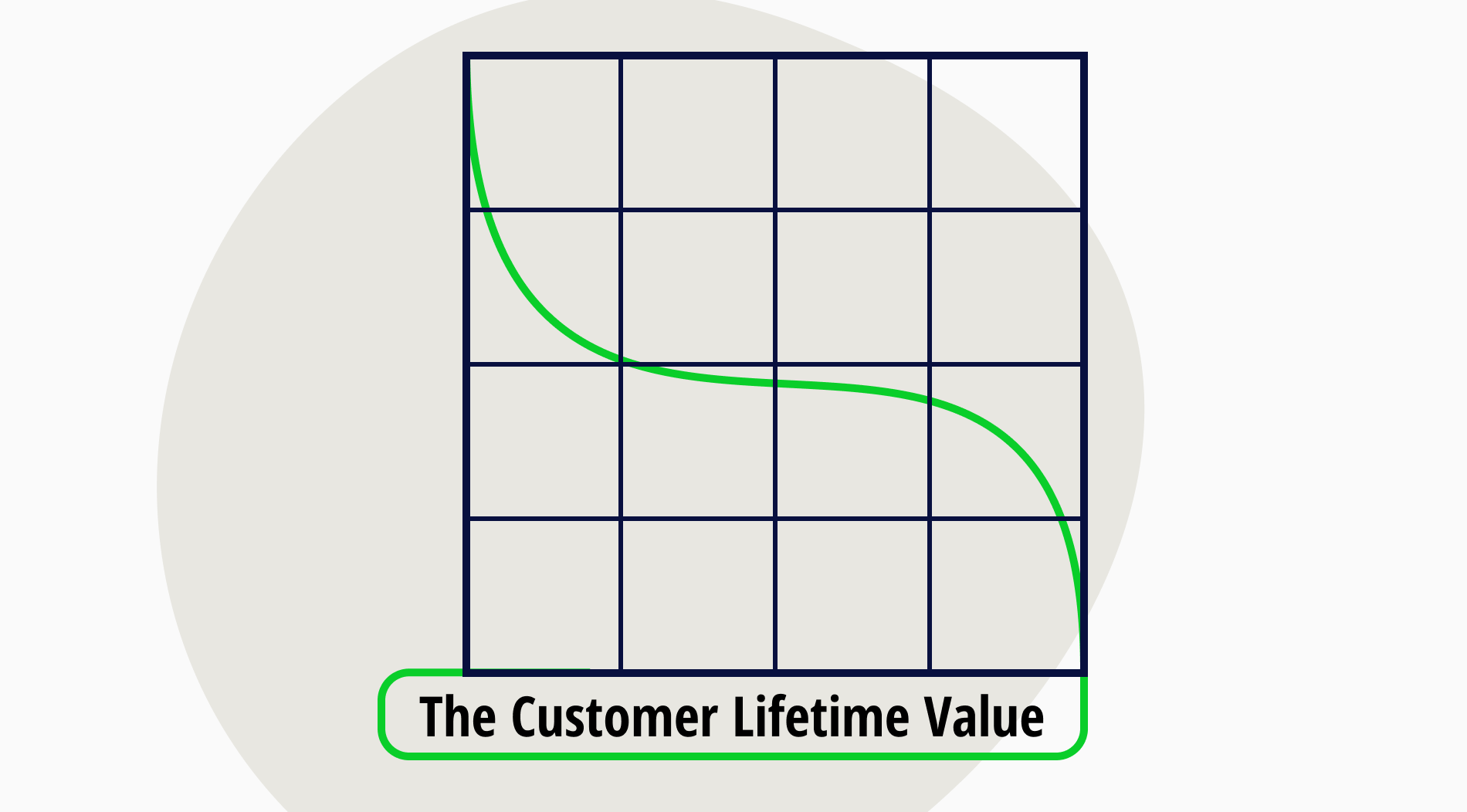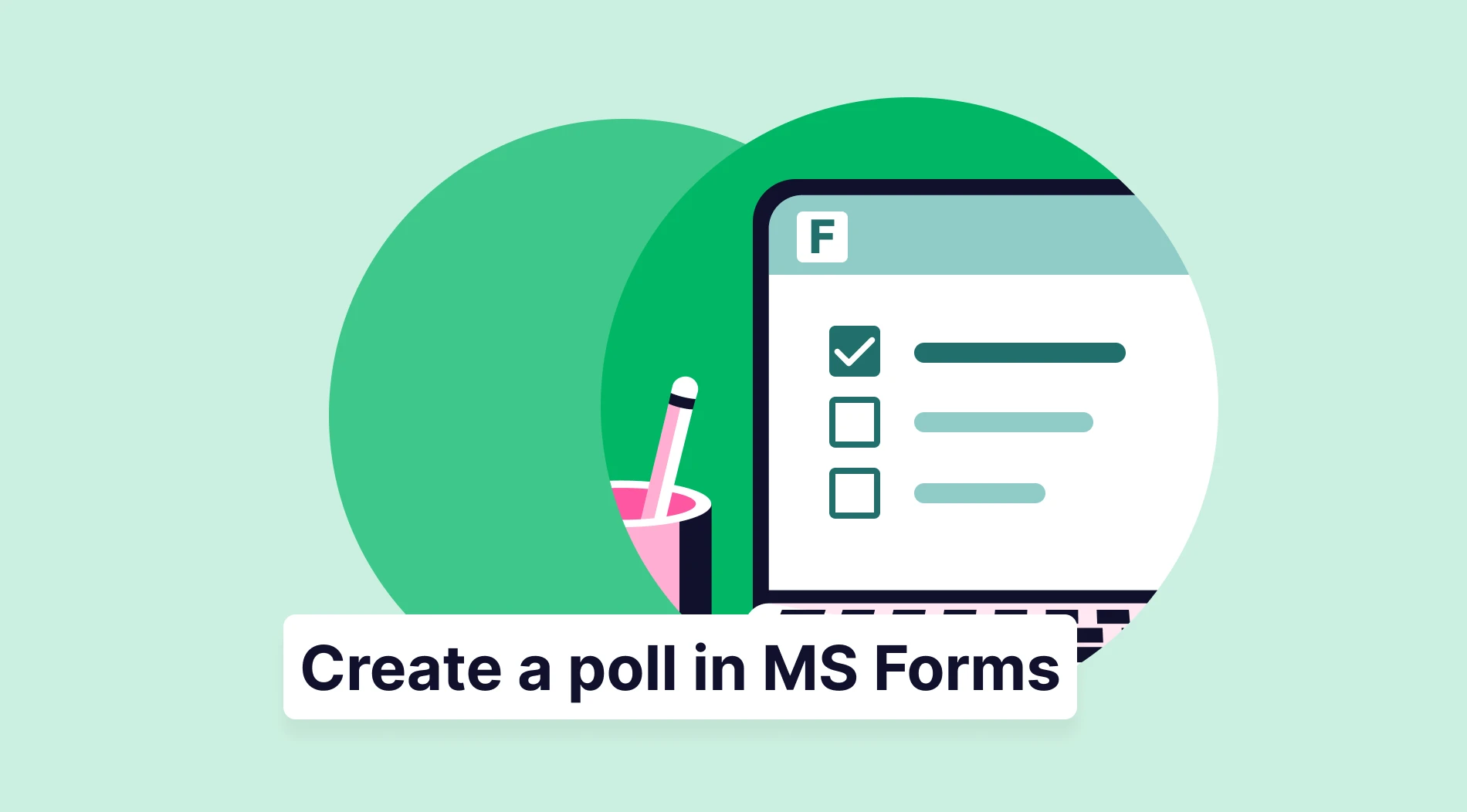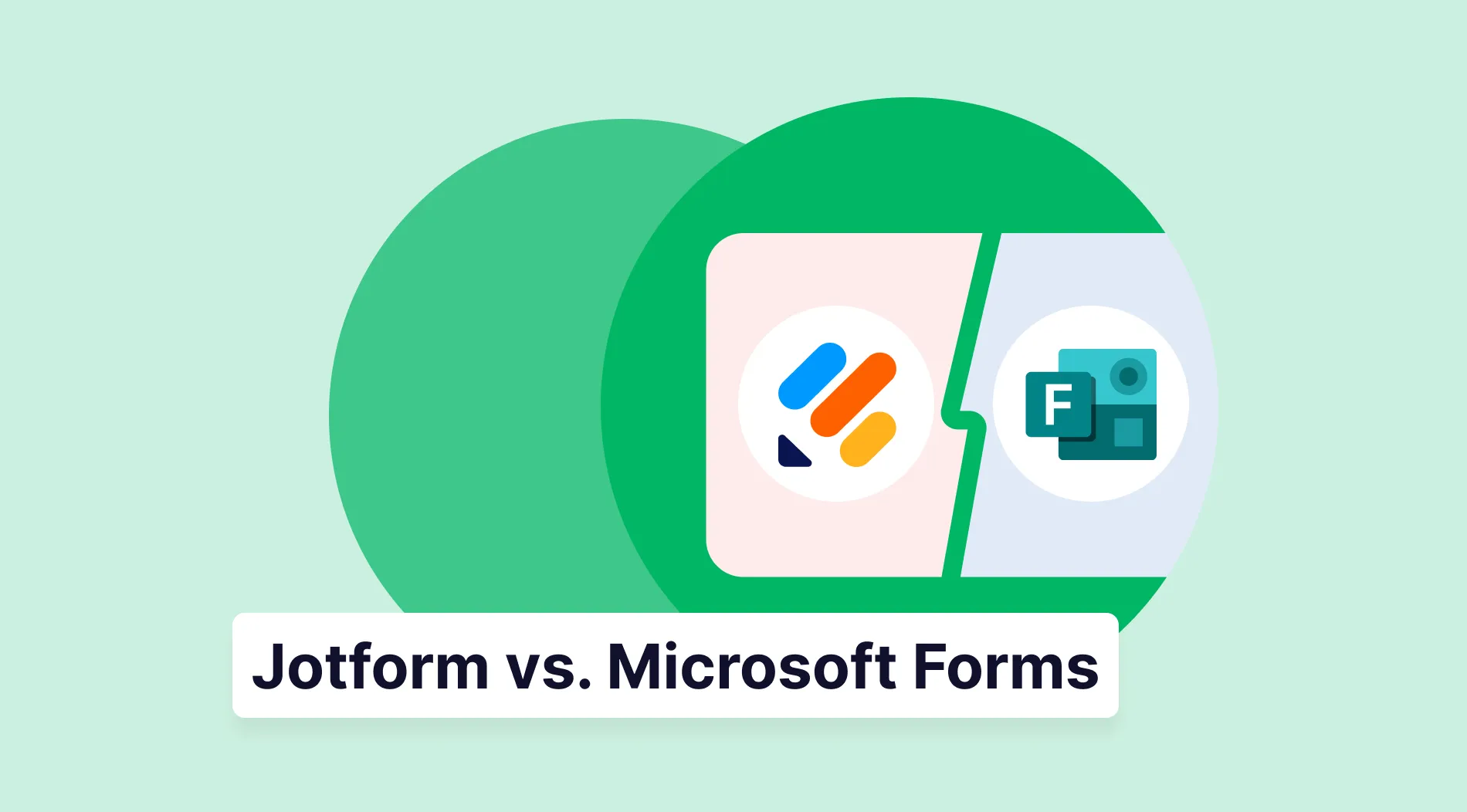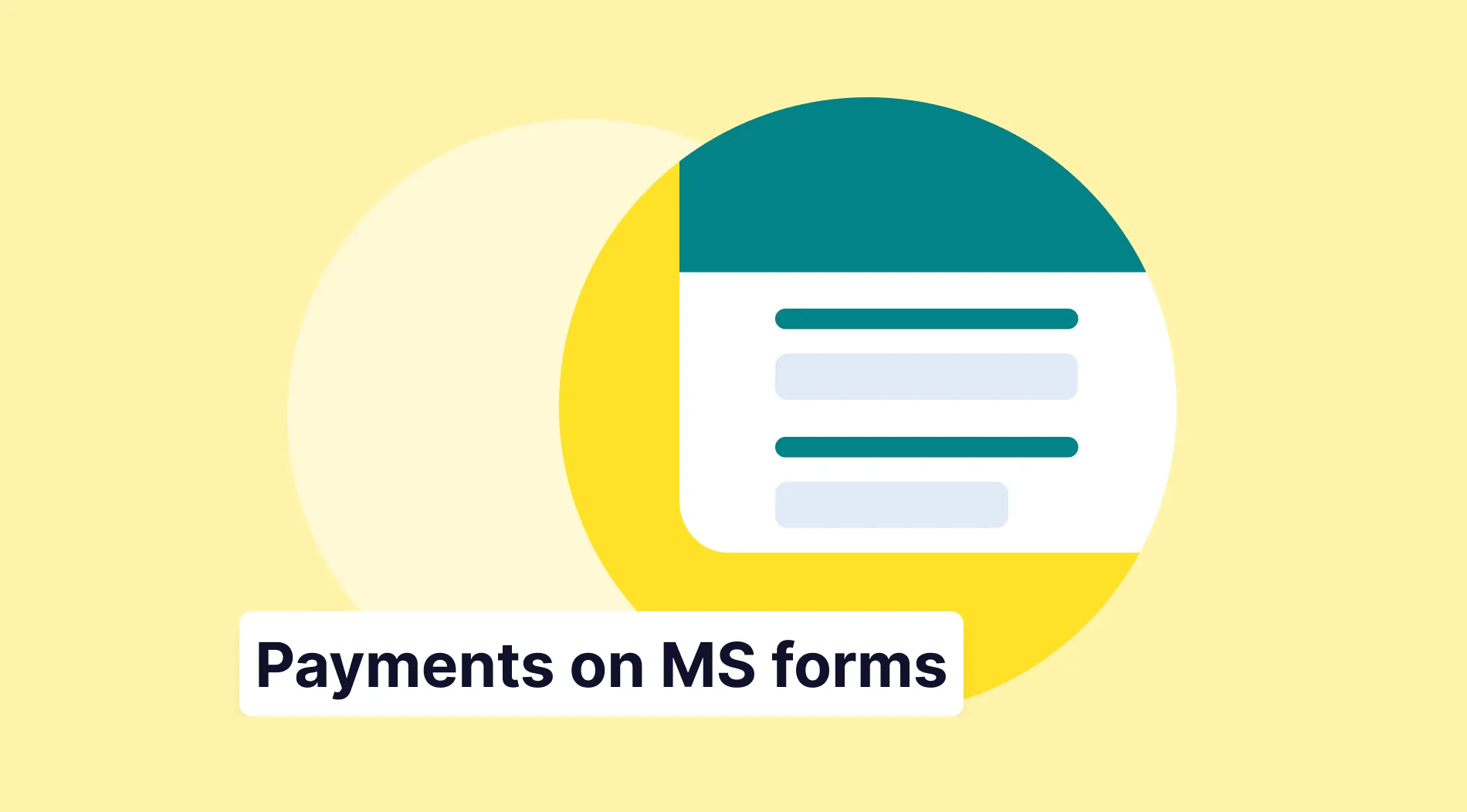Imagine you have a coffee shop that you like to go to regularly. As one of the loyal customers, you buy the same cup of coffee every other day from there and know how much you spend on it. If you think about how long you have been going to that place, how much money you have spent there, and how much longer you will continue to go there - that makes a lot of coffee!
Customer lifetime value in marketing helps businesses understand about the customer journey, the value they bring into the business and how they can keep this relationship going for a longer time. In this article, we explain the customer lifetime value as a marketing strategy, how to calculate it, and how to keep customers engaged by creating brand loyalty.
What is the customer lifetime value (CLV)?
Customer lifetime value, CLV or LTV, is a way to figure out approximately how much money and time a customer spends on their products and services over a period of time.
This aids companies in finding ways to keep customers satisfied and happy with what they offer by building solid customer relationships to keep them coming in the future.
How to calculate the customer lifetime value
Customer lifetime value calculation has a simplified formula that businesses can follow. The customer lifetime value formula consists of the average revenue per user, gross margin, and attrition rate (churn rate). The simple calculation is followed by multiplying the average revenue per user by the gross margin and dividing the number by the attrition rate.
Based on this calculation, it is expected that the longer a customer or a client continues to purchase your product, the higher their lifetime value will be. Below, we demonstrate an example to clarify how you can do this calculation.
Example of the CLV calculation
To be able to find CLV, you need to multiply the average purchase value by an average number of purchases. When you have calculated the average customer lifespan, you can then multiply it by customer value to conclude customer lifetime value. Accordingly, the formulas would look like this:
Formula 1: Customer Value = Average Purchase Value x Average Number of Purchases
Formula 2: Customer Lifetime Value = Customer Value x Average Customer Lifespan
Let’s take a look at how we can use these formulas to calculate CLV over an example. Imagine you own an online bookshop. On average, a regular customer makes a purchase 4 times a year for 5 years, and each time spends £20 on a purchase. The formulas for the Customer Value, and Customer Lifetime Value then would look like this:
Formula 1: Customer Value = 20 x 4 = 80
Formula 2: Customer Lifetime Value = 80 x 5 = £400
According to this customer lifetime value example, we can say that a regular customer is expected to spend £400 in revenue over 5 years. This can aid you in making adjustments to your business including customer support, customer service, and other important metrics.
How can you increase the CLV?
You can increase the customer lifetime value by using some strategies to help your business. It is crucial to increase your profit margin on a long-term basis and reinforce success. Here are some tips that can help you boost the CLV:
1. Enhance your customer orientation process
When your business gains a new customer, it is important to keep that customer coming back to purchase more products or services from your company. After their very first purchase, they might come back for another one.
This gives them a chance to sign up for the newsletter or connect with you by email to receive updates. In this case, it is important that you ensure to make this process as straightforward for them as possible.
a) Personalise orientation
Whether your business is online or physical, many companies use digital platforms to keep in touch with their customers. This gives both companies and customers a chance to learn more about each other. Businesses can use customer data to personalize the service they provide for individuals and guide them through the necessary steps.
b) Simplify orientation
You can use live chat services to speed up the process of acquiring new customers. This feature is not only quick and efficient for customers to directly communicate with the business, but is also a practical way to acquire direct support whenever they need.
c) Collect feedback
Create surveys to collect customer feedback after acquiring a new customer purchase. You can do this by connecting with the customer to get insights on their initial experience so that you can find the areas of improvement for better customer service. This also shows that you care about the business and the customer satisfaction.
💡You can use forms.app to create customized surveys and forms with a variety of features and ready-made templates.
2. Increase your value
You can increase the average order value to improve the CLV. For example, when you have a customer in your shop who is buying a product at the till, you can offer them a complementary side product. Or, if it is an online shop, you can provide them with a gift product before they check out.
a)Offer tiered pricing
Whether you have an online or a physical shop, you can create a variety of product packages for your customers to spend more to upgrade the service they receive from your brand. You can even offer annual subscriptions by tailoring it according to your customer profile.
b)Create targeted promotions
According to your customer segment, you can create tailored discounts and promotions that make the customer experience even more special. This can also help customers come back to buy more products or services from your company in the future, which helps your business generate leads.
3. Build strong customer relationships
To have good, long-lasting relationships with your customers, trust is your virtue. Humans value communication and personal bonds - and this does not end with only friendships. To have an on-going customer connection, make sure to be connected with your customers on social media accounts and offer them the best service and prices.
a)Be responsive
You should keep an eye on customer comments, feedback, or review on digital platforms. Make sure to be active and reply to messages, mentions, or any other content coming from your customers. This proves the value you put into business and people, which increases reliability.
b)Host virtual events
You can create regular weekly, monthly, or annual events or virtual meetings with your customers to encourage their participation and connect with them. This can also give your customers a chance to ask questions and interact with you and others at the same time.
Why to use the customer lifetime value
Businesses should know their customer lifetime value, because it tells them the overall revenue they can get from each individual customer. It is a useful metric to know which customer or client spends the most and which ones are regular over a period of time. Below we explained some of the advantages of using customer lifetime value:
- CLV allows businesses to maximize profitability by focusing on customers that are of high value.
- CLV helps brands to understand customer profiles to create personalized and targeted marketing strategies.
- Businesses can benefit from CLV by providing exceptional customer service to boost customer satisfaction and in return, generate higher lifetime value.
- CLV leads businesses to achieve sustainable growth and success in the long run by overlaying customer data on customer acquisition cost (CAC) and fostering long-term relationships with customers.
- CLV aids your business in balancing both short-term and long-term marketing goals and better understanding financial return.
- CLV is also budget-friendly in terms of making better decisions by aiding marketing teams to minimise the time and money they spend on gaining new customers.
When to use the customer lifetime value
You can use CLV in several different areas to make a substantial impact on your business. Here are some of those areas:
- CLV is used as a marketing strategy when identifying the most profitable customer segments
- CLV helps when businesses want to evaluate the efficacy of customer acquisition efforts by comparing the CAC (Customer Acquisition Cost)
- CLV is useful for understanding the significance of customer retention and can be used as a guide to boost customer loyalty
- CLV is an effective tool to inform customer service strategies by identifying high-value customers and providing them with customized support
- CLV aids in navigating decisions about product development by helping companies understand the most valuable products or features to their buyers
- CLV helps with predicting long-term financial performance, such as budgeting, growth strategies, and resource allocation
Why is customer lifetime value important?
CLV is important for businesses to understand the long-term value of their customers. It also helps companies measure the influence of customer relationships and guides them to make decisions accordingly to boost their profits over time. We have gathered 3 points to clarify the significance of CLV:
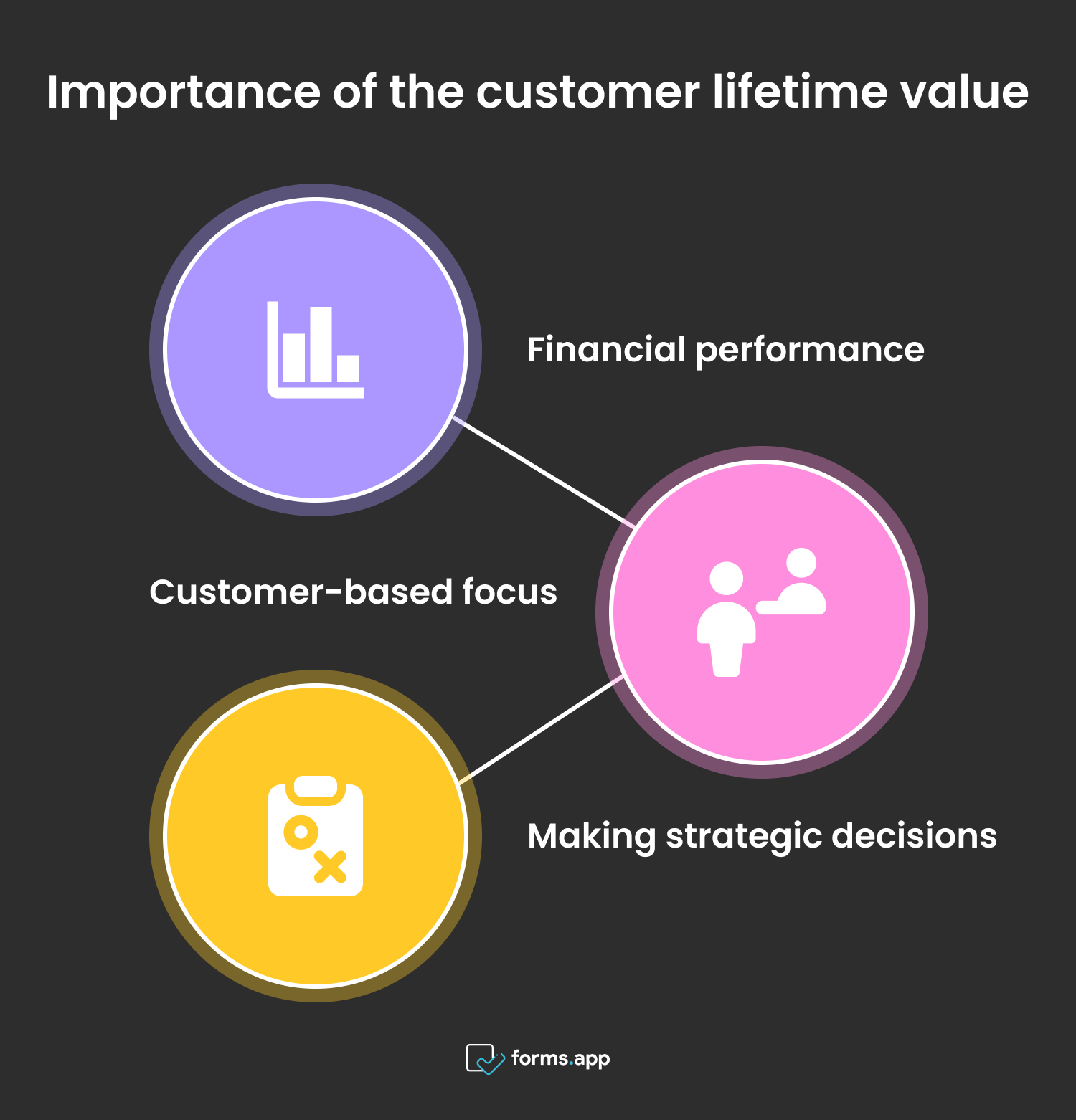
The significance of the customer lifetime value
1. Financial performance
Customer lifetime value indicates financial health and growth by creating insights into the continuing revenue. Understanding CLV also helps businesses evaluate the cost-effectiveness of their marketing and customer service efforts.
2. Customer-based focus
CLV plays the role of transmitting from short-term transactions to long-term customer relationships. By understanding and keeping the value of customer retention, companies can prioritise customer satisfaction and loyalty.
3. Making strategic decisions
To gain a competitive advantage, businesses can optimize their operations by identifying marketing opportunities through the information they receive from the customer lifetime value metrics and create relevant marketing strategies.
Frequently asked questions about the customer lifetime value
CLV and LTV tend to be used interchangeably, yet they share a key difference. While LTV focuses on the accumulated value of all customers, CLV looks at the value of each customer to the business.
LTV helps businesses understand the long-term value of their customers or clients, which is related to their profit margin over time.
An example of a good customer lifetime value equals 3-5 times your cost of customer acquisition. For instance, if you are spending £100 on gaining a new customer, you should aim to receive at least £300 for a CLV.
You should calculate the average purchase value x average number of purchases = customer lifetime value, which gives you the CLV.
Key points to take away
This article clarified the importance of customer lifetime value by highlighting the key aspects and reasons for companies to use as guidance to reinforce their profits and ongoing customer relationships. Also, we touched on the lifetime value of customers' definition, how to calculate CLV, how you can increase it, and why it is important to use examples.
Customer lifetime value is a key indicator to adapt and personalize your marketing strategy, increase the number of potential customers, and keep the existing ones in the long run. It helps healthy growth in business, increase profitability, and on-going loyalty of customers over time. With the guidance of this article, you can make the best of CLV strategies by embedding them into your own brand and flourish!
- What is the customer lifetime value (CLV)?
- How to calculate the customer lifetime value
- Example of the CLV calculation
- How can you increase the CLV?
- Why to use the customer lifetime value
- When to use the customer lifetime value
- Why is customer lifetime value important?
- Frequently asked questions about the customer lifetime value
- Key points to take away
forms.app, your free form builder
- Unlimited views
- Unlimited questions
- Unlimited notifications

